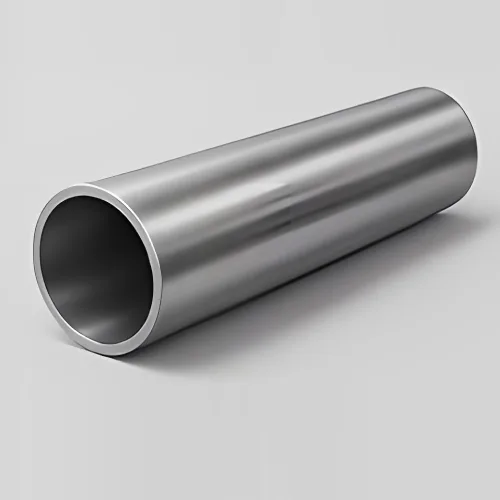
420 Stainless Steel Tube
Keywords: 420,
Standard: ASTM, AISI, DIN, EN, GB, JIS
Technique: Hot Rolled/Cold Rolled/Galvnized
Processing Service: Welding, Punching, Cutting
Available Size Range: Click here
Volume: 0
Get A Quote
Keywords: 420,
Standard: ASTM, AISI, DIN, EN, GB, JIS
Technique: Hot Rolled/Cold Rolled/Galvnized
Processing Service: Welding, Punching, Cutting
Available Size Range: Click here
Volume: 0
Get A QuoteHardness & Wear Resistance
Achieves 1.500 MPa tensile strength post-heat treatment, outperforming 304/316 in abrasive environments.
Retains edge sharpness in blades and cutting tools under cyclic stress.
Controlled Corrosion Resistance
Resists organic acids, freshwater, and mild chemicals (pH 4–9) but less suitable for chloride-rich marine use.
Precision Machinability
Annealed condition allows CNC milling, drilling, and threading with surface finishes down to Ra 0.8 µm.
| Region | Standard | Grade | Condition |
|---|---|---|---|
| USA | ASTM A268 | UNS S42000 | Annealed or Hardened |
| Europe | EN 1.4021 | X20Cr13 | Tempered (HRC 48–52) |
| Japan | JIS G4303 | SUS420J1 | Q&T (Quenched & Tempered) |
Chemical Composition (wt%)
| C | Cr | Mn | Si | P | S | Fe |
|---|---|---|---|---|---|---|
| 0.15–0.40 | 12–14% | ≤1.0% | ≤1.0% | ≤0.04% | ≤0.03% | Balance |
Mechanical Properties
| Condition | Hardness (HRC) | Yield Strength | Elongation |
|---|---|---|---|
| Annealed | ≤25 | 345 MPa | 25% |
| Hardened | 50–55 | 1.550 MPa | 10% |
Critical Applications
Medical: Scalpel blades, biopsy forceps, and dental drill shafts.
Industrial: Textile cutter bars, food processing slicers, and hydraulic valve components.
Consumer: High-end kitchen knives, precision watch gears, and firearm components.
Automotive: Fuel injection pins, bearing races, and clutch plates.
Heat Treatment
Quenching: Heat to 980–1.050°C, oil/air cool.
Tempering: Reheat to 200–300°C (HRC 50–55) or 500–600°C (HRC 35–45) for toughness.
Welding
Pre-heat to 250–300°C; use AWS E410NiMo or E309L filler rods.
Corrosion Protection
Passivate with citric/nitric acid (ASTM A967) or apply TiN coating (HV 2.000+).
Quality Assurance
NDT Testing: 100% eddy current inspection (ASTM E309) for surface defects.
Certifications: ISO 13485 (medical), FDA 21 CFR 175.300 (food contact).
Traceability: Mill test reports with heat numbers and EN 10204 3.1 certification.
Q1: How does 420 compare to 440C stainless steel?
A1: 420 offers lower hardness (HRC 55 vs. 440C’s HRC 60) but better machinability and cost-efficiency.
Q2: Can it withstand sterilization autoclaves?
A2: Yes—compatible with steam sterilization at 135°C, but prolonged exposure may reduce hardness.
Q3: Recommended lubricant for machining?
A3: Use sulfurized oil or water-soluble coolants to prevent work hardening.
Q4: Maximum continuous service temperature?
A4: 650°C (1.202°F) in oxidizing atmospheres; limit to 450°C (842°F) in reducing environments.
Q5: How to restore corrosion resistance after grinding?
A5: Electrochemical passivation in 20% HNO3 at 50°C for 30 minutes.
Products
Phone